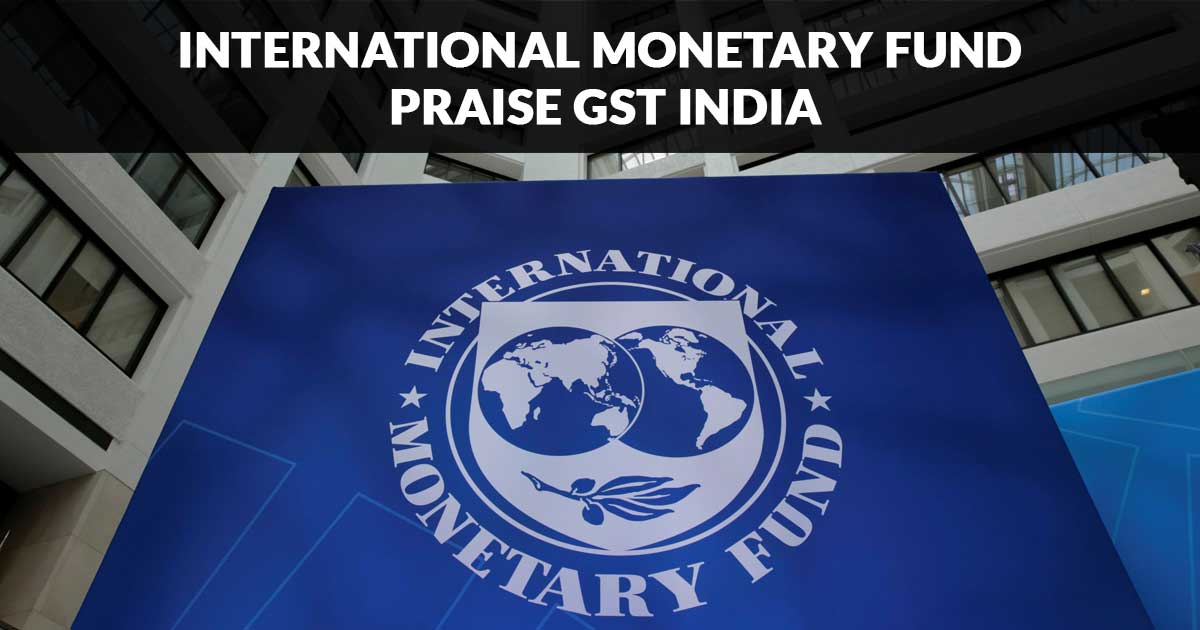
In an addition, the IMF also asked for the simplification of GST rate structure with a dual rate framework including low standard rate and additional higher rate on selective items which may further instate revenue stability and neutrality.
The IMF also stated that the goods and services tax helped India to prepare a single point for all the indirect taxes prevailing in the state and central government.
The report mentioned, “Yet, the GST has a complex structure with a relatively high number of rates (and exemptions), which could be simplified without sacrificing progressivity of the current GST and with potentially significant gains from lower compliance and administrative costs.”
However, India is among those five countries which are having multiple GST slab rates currently in its structure. There are four slab rates in the GST starting at 5, 12, 18, and the highest 28 per cent GST on sin goods and luxury items.
The IMF understand the importance of tax revenues as it manages the economic activity of the country and also assures a better quality of living standards with more job opportunities.
The report mentioned that “As a result, the goods and services tax should improve productivity and boost medium-term potential growth, while also creating room for the government to increase much needed social and infrastructure spending,”